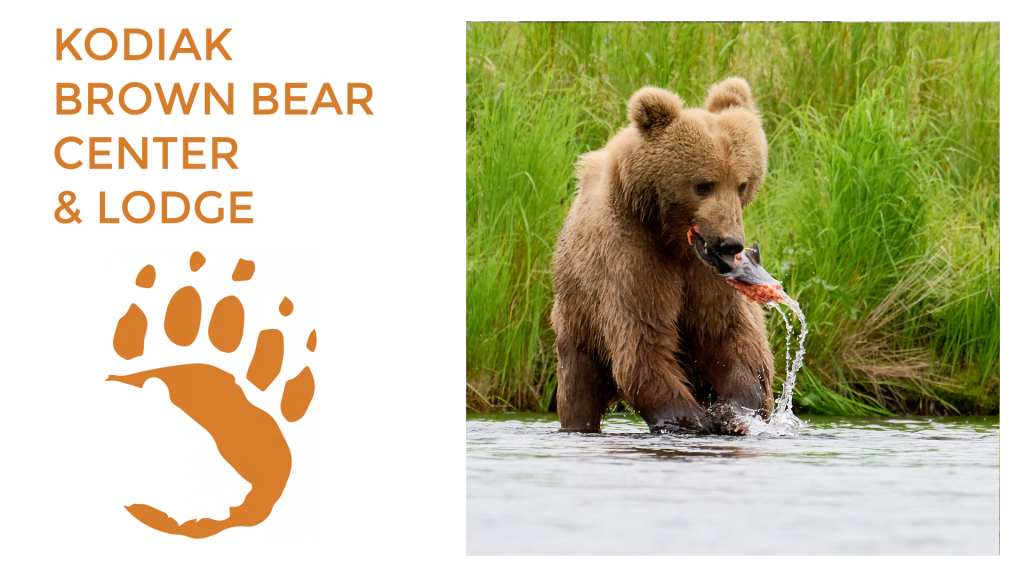
You’ve booked the trip. You’re coming to Kodiak. You are ready to see the island’s magnificent bears, and you want the photos to prove it. But one look at a camera forum and your head is spinning: teleconverters, mirrorless, F-stops… it’s a lot.
Let’s cut through the noise.
While your camera body is important, the glass you put in front of it is what will make or break your photos. You don’t need a bag stuffed with 10 different lenses. For a beginner coming to view wildlife, you can cover 99% of your shots with just three.
Here’s a direct, no-fuss guide to the three lenses you should pack for your bear viewing adventure
A Quick Detour: Full Frame vs. Crop Sensor
Before we list the lenses, we have to talk about this. It’s the one bit of technical jargon you need to know.
Full Frame: The camera’s sensor (the “digital film”) is bigger. It’s great in low light and captures a wider scene. 35mm film size if you are of the older generation.
APS-C (Crop Sensor): The sensor is smaller. This is not a “worse” thing; it’s just different. In fact, for wildlife, it can be a secret weapon.
Why? Because the smaller sensor “crops” the image, it effectively magnifies your lens. This is called the “crop factor.” A 300mm lens on an APS-C camera acts more like a 450mm lens. You get 1.5x (or 1.6x) more “zoom” for free! You can put a Full Frame camera into “crop mode” which is the same thing.
For this list, we’ll talk about lens focal lengths in their standard (full-frame) terms. Just remember, if you have a crop sensor, you’re getting even more reach!
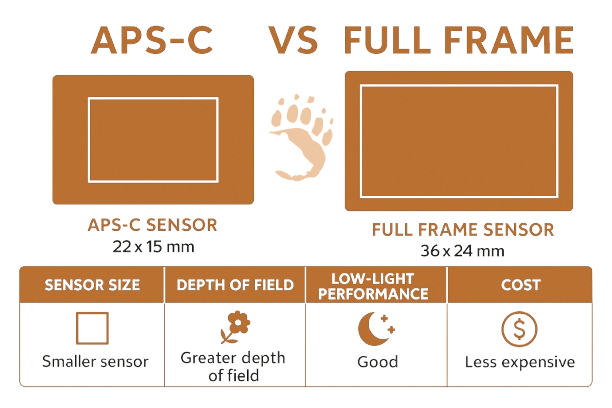
The Big Gun: The 100-400mm (or 150-600mm)
This is your real wildlife lens. This is how you get those frame-filling shots.
Let’s be direct: You will be viewing bears from a safe distance. Park regulations and simple common sense demand it. You will not be (and should not be) close enough to get a headshot with your phone.
A lens in the 100-400mm or 150-600mm range is the new beginner standard. It gives you the “reach” you need to fill your frame with a bear that is way, way over there. These “super-telephoto” zooms are sharp, relatively affordable, and let you get the shot without ever disturbing the wildlife (or becoming its lunch). This is the lens that will likely spend the most time on your camera.
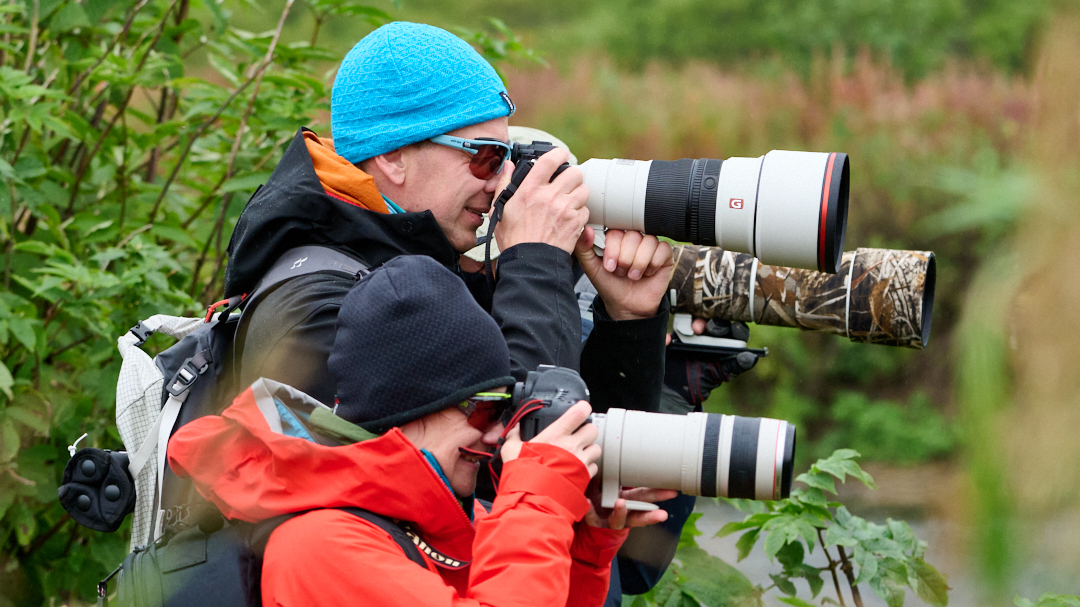
The Storyteller: The 24-70mm (or 16-35mm)
A wide-angle lens? For wildlife? Absolutely.
You are not just here to photograph a bear; you are here to photograph a bear in Kodiak. The landscape is just as much a character in your story.
When a bear is a distant speck on the beach, don’t put your camera away. Put on your wide-angle lens. Use it to capture the epic scale of the mountains, the dramatic coastal weather, and the sheer vastness of the bear’s world. A photo of a small bear in a huge, beautiful landscape tells a more powerful story than a simple close-up. This lens is for capturing the “sense of place.”
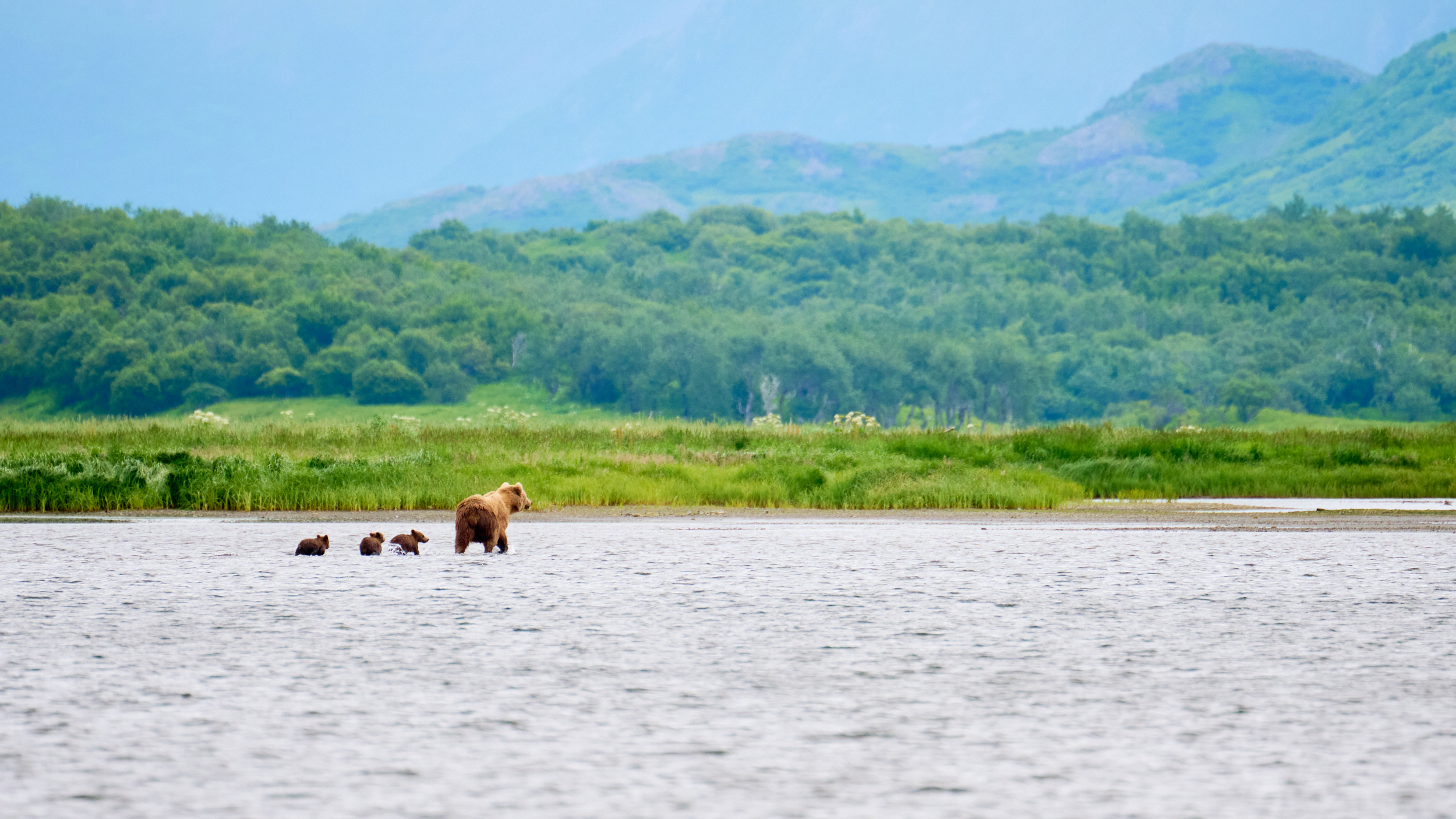
The Workhorse: The 70-200mm Zoom
This is your “all-rounder” lens. It’s a classic for a reason.
A 70-200mm lens is versatile. It’s wide enough at 70mm to capture a bear within its environment—maybe walking along the shoreline with mountains in the background. At 200mm, it’s sharp and powerful enough to get a lovely half-body portrait when you have a good (but safe!) view.
If you can spring for the f/2.8 version, it’s amazing in the cloudy, low-light days we often get on Kodiak. But don’t sleep on the f/4 versions—they are significantly lighter, cheaper, and still incredibly sharp.
Photography Worshops
That’s it. A workhorse zoom, a big telephoto for reach, and a wide-angle for story. With these three lenses, you are prepared for almost any situation Kodiak throws at you. One last thing, don’t forget some high powered, lightweight binoculars.
Want to really learn how to use those lenses? I can help with that. I’m Dan M. Lee, and I run award-winning photography workshops right here at the lodge.
When I’m not writing for publications like Digital Camera World, I’m out here helping guests get the shot of a lifetime. Look out for my workshop dates; it’s a fantastic way to take your new gear and your skills to the next level.
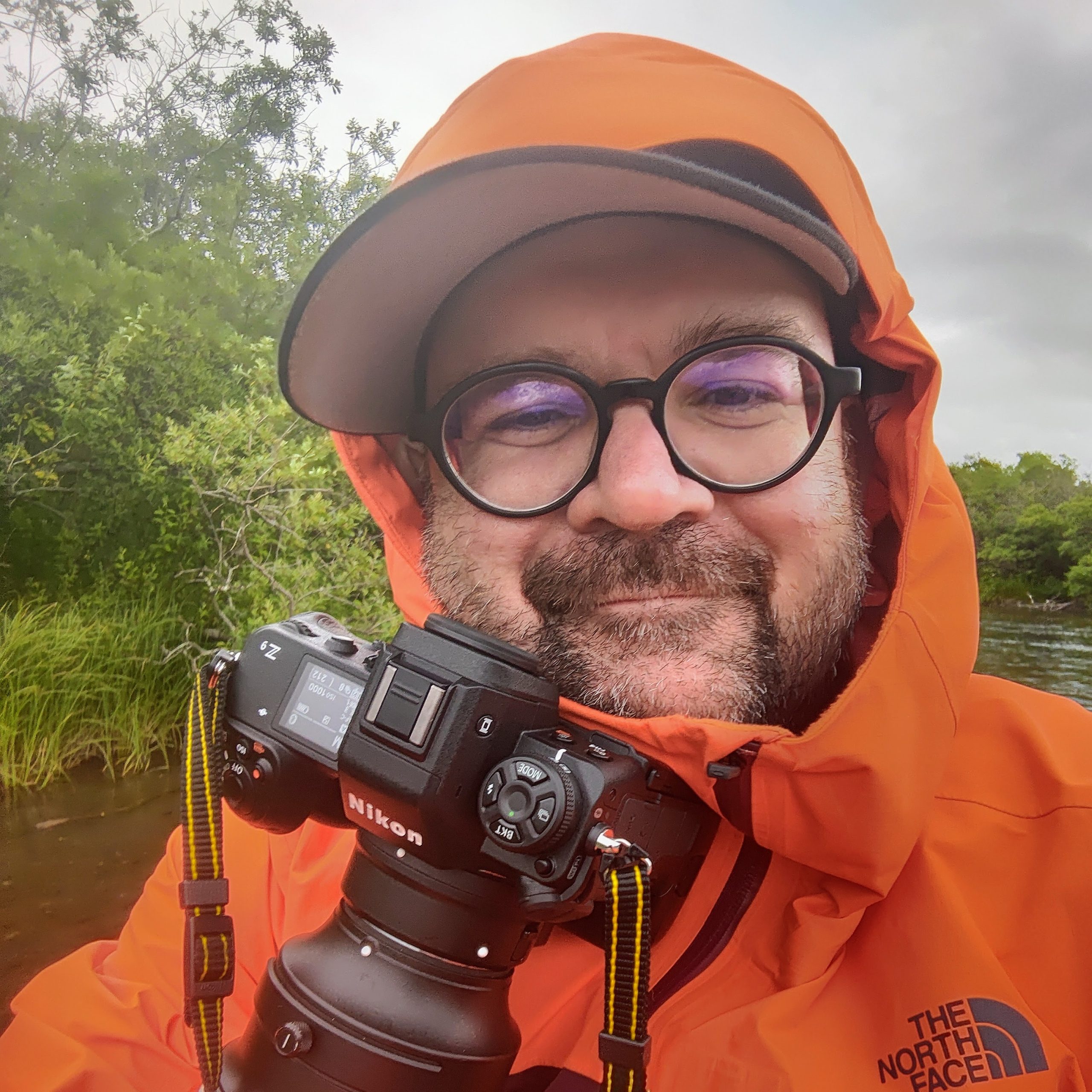
Content Author & Alaska Photographer
I run photography workshops at KBBC and craft standout content for blogs and websites across Alaska and beyond. Alaska has a rhythm like nowhere else—its wild spaces, deep solitude, and endless light draw me back again and again, especially to Kodiak Island.
